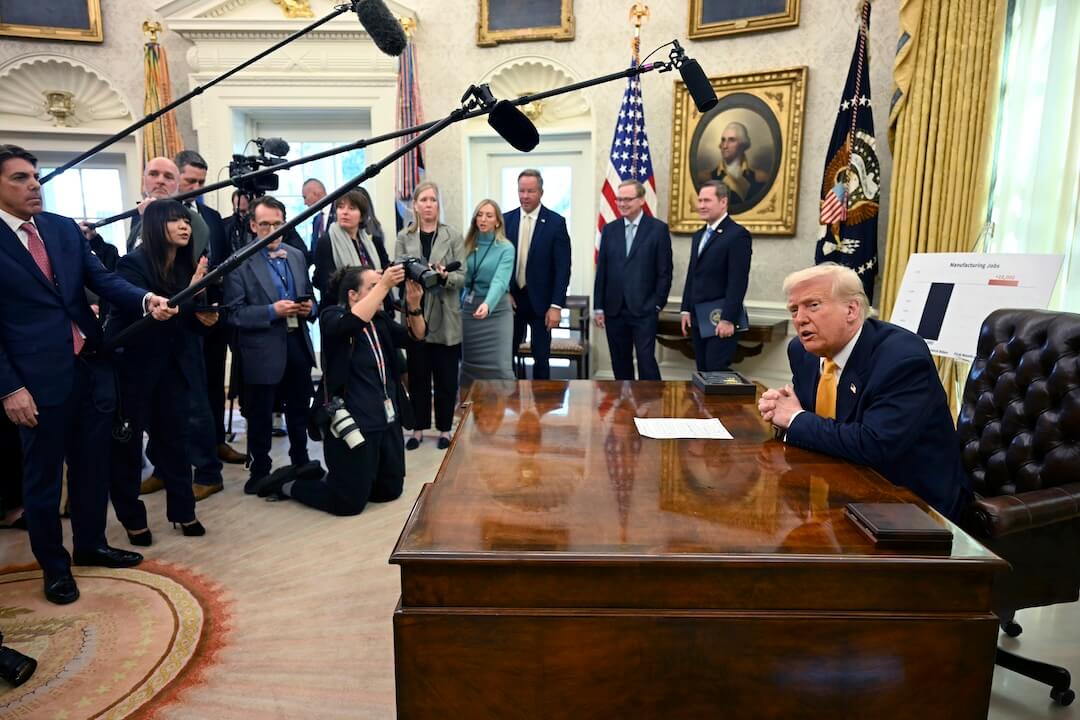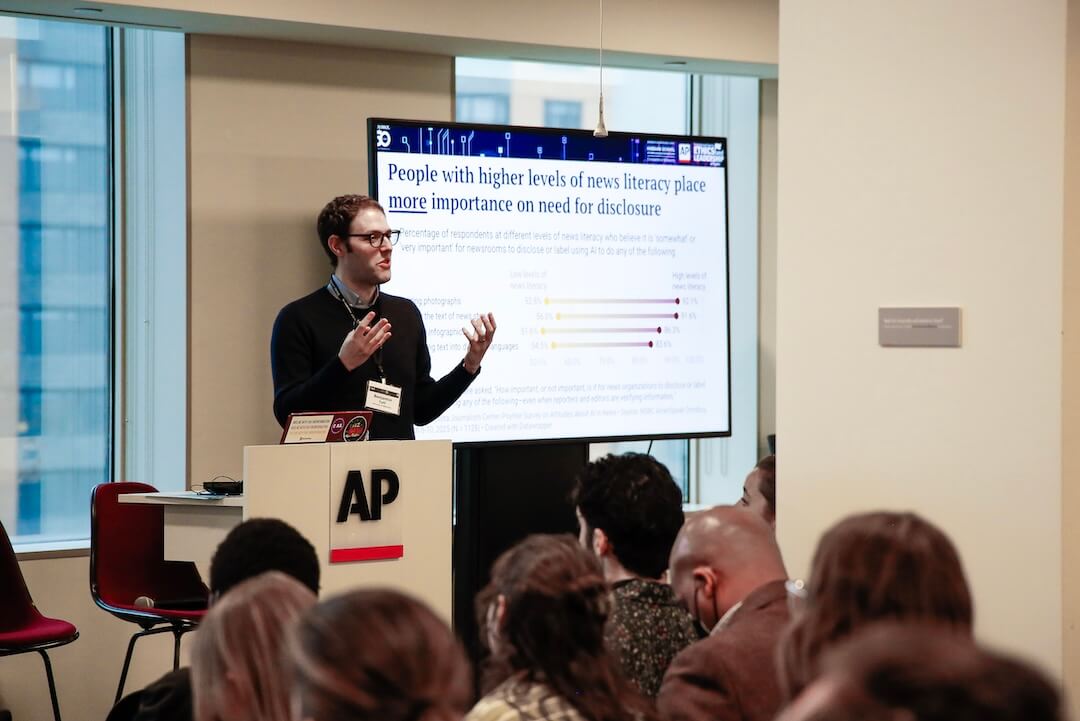In recent weeks, I have been promoting the idea that one goal of journalists — and other public writers — during the pandemic and recession is “civic clarity.” This can only be achieved when reporters and editors embrace the mission to take responsibility for what readers and audiences know and understand.
The response from journalists and educators has been enthusiastic. In their support I have been gathering resources, both good examples for demonstration purposes and practical tips to improve the craft.
Narrative journalism and investigative journalism have their own protocols and methods, but so does explanatory journalism.
Though not named as such, explainers are as old as the journalism hills. That style of reporting gained a name and momentum and a Pulitzer Prize in the 1980s. It advanced in the digital age in the work of journalists such as Nate Silver, Ezra Klein, Michael Lewis, Kai Ryssdal and Deborah Blum.
By 2014 the new explainers were on a roll. None claimed to have invented this form of reporting, but none could explain — ironically — the critical legacy they had inherited. I was the young upstart in the 1980s when explanatory journalism was given a name, but by 2014 I was the old man sitting on the porch yelling at the neighborhood kids playing on his lawn.
What follows is an essay I wrote in 2014 for this site. I have freshened it up to emphasize its relevance to the current moment.
The power of explanatory journalism on the road to civic clarity
I like young writers with big ideas. I met Ezra Klein in 2013 at a public writing conference sponsored by his old newspaper, The Washington Post, and the Poynter Institute. Like his writing, Klein was sharp, smart, and quick, arguing for a new kind of approach to writing about public policy.
He said that in the digital age journalists were beginning to doubt the efficacy of what he called “the reverse pyramid,” his version of the more common “inverted pyramid.” He advocated taking more responsibility for what readers know and understand about government, policy and all such technical issues. Sometimes this is best done in a Q&A format, or via a tidy bulleted list, forms that lead to less clutter, jargon and bureaucratic obfuscation.
Hooray, I thought. Finally, somebody is getting it.
In 2014, John McDermott wrote on an essay for DigiDay titled “Explaining what’s behind the sudden allure of explanatory journalism.” In a mischievous St. Patrick’s Day tweet, Nieman Lab’s Joshua Benton asked that “someone write an explainer for this explainer about explainers.” I’m happy to give it a shot, but it may require me to throw a rock or two into Josh’s hall of mirrors.
When I was still a pup — like Ezra and Josh — I used to hate it when old guys would say things like “there’s nothing new about the New Journalism.”
So now I’m the old guy, and I get to say things like “there’s nothing new about explanatory journalism,” and, even better, “Ezra, it’s called the inverted pyramid, not the reverse pyramid, and some of us have been trying to knock it down for a long, long time.”
I watched with great interest in the 1980s when Gene Patterson, the editor of the St. Petersburg Times (now the Tampa Bay Times) and my mentor, began preaching for the perfection of an “explanatory journalism,” a kind of enterprise reporting that helped readers make sense of a more complex, technical, and cluttered world. Patterson’s influence was such that Explanatory Journalism became a Pulitzer Prize category, even though Gene laughed hard at me when I barked at him, young pup that I was, that if explanatory journalism was so important, why couldn’t he explain it.
Because he was also my boss, he got back at me by telling me that such explanations of the craft would now be my job. “Get back to work, kid.”
I started off with a 1984 essay in the then Washington Journalism Review, a piece called “Making Hard Facts Easy Reading,” which has been re-published on the Poynter website in different forms and turned into a News University course.
To write that essay, I went on a reading spree of the most comprehensible work I could find in American journalism, especially the tough stuff on topics like business, science, technology and the American bureaucracy. Wearing a pair of X-ray glasses, I tried to see beneath the surface of these techniques and extracted the most common and most effective. They included strategies such as these:
- Envision a general audience.
- Tell it to “Mom.”
- Slow down the pace of information.
- Introduce new characters or difficult concepts one at a time.
- Recognize the value of repetition.
- Don’t clutter leads.
- Use simple sentences.
- Remember numbers can be numbing.
- Think graphics.
- Translate jargon.
- Use [apt] analogies.
- Look for the human side.
- Develop a chronology.
- Reward the reader.
- Consider the impact.
- Announce difficult concepts.
- Cut unnecessary information.
- Compile lists.
“When used wisely,” I wrote, “these techniques help the writer toward a cleaner and clearer style. Civic clarity is the explanatory journalist’s Grail. The quest to achieve it is more than an occupational disposition. It is a form of vision, a way of looking at complex events and issues that is analogous to a great mountain climber viewing a mighty cliff. When writers face and master the challenge of meeting the reader’s needs, they practice one of the truest and purest forms of journalism.”
I want to repeat for the whipper-snappers in the room that I wrote this piece exactly 36 years ago. I would revisit it on occasion, usually in frustration that opportunities for explainers were not being acted upon.
Once, though, I stumbled across a City Council story in the St. Petersburg Times that was so unconventional in its approach that it threatened to drag explanatory journalism into daily coverage. I celebrated the piece in an essay titled “The Greatest Story Never Told,” and it has been the object of curiosity and debate ever since. Perhaps it can be thought of as a forerunner to the kinds of journalism we are seeing now in the work of Ezra Klein in Vox and Nate Silver in FiveThirtyEight, an approach that thinks of writing style as a wide door rather than an iron gate.
Written in 2002 by Bryan Gilmer and edited by Howard Troxler, the government columnist subbing as city editor, the piece began like this
ST. PETERSBURG – Do you live in St. Petersburg? Want to help spend $548-million?
It’s money you paid in taxes and fees to the government. You elected the City Council to office, and as your representatives, they’re ready to listen to your ideas on how to spend it.
Mayor Rick Baker and his staff have figured out how they’d like to spend the money. At 7 p.m. Thursday, Baker will ask the City Council to agree with him. And council members will talk about their ideas.
You have the right to speak at the meeting, too. Each resident gets three minutes to tell the mayor and council members what he or she thinks.
But why would you stand up?
Because how the city spends its money affects lots of things you care about.
It’s the difference between whether the Walter Fuller Pool is open and heated in the winter or not. It determines whether there will be a new basketball court in North Shore Park. It determines whether the beloved volunteer coordinator at the Office on Aging for senior citizens gets laid off.
The piece proceeded on these strategic approaches to civic clarity:
- Writing with a sense of the audience as citizens who, armed with information, can take action.
- Writing in a conversational voice, including the occasional use of the second person.
- Writing at a slow enough pace to promote comprehensibility and learning.
- Use of simple, but effective, informational graphics.
My interest in explanatory journalism was probably born as early as the late 1970s when a frustrated reader handed me a copy of an editorial titled “Curb State Mandates.” It contained this daunting sentence:
To avert the all too common enactment of requirements without regard for their local cost and tax impact, however, the commission recommends that statewide interest should be clearly identified on any proposed mandates, and that the state should partially reimburse local government for some state imposed mandates and fully for those involving employee compensations, working conditions and pensions.
That sentence sat in a file for more than 25 years, immune to revision. I had no idea what to do with it. Then one day I did, and it became a case study for chapter 11 of my book “Writing Tools.” I wrote:
The density of this passage has two possible explanations: The writer is writing, not for a general audience, but for a specialized one, legal experts already familiar with the issues. Or, the writer thinks that form should follow function, that complicated ideas should be communicated in complicated prose.
He needs the advice of writing coach Donald Murray, who argues that the reader benefits from shorter words and phrases, and simple sentences, at the points of greatest complexity.
What follows is my attempt at a translation of the awful sentence from its original dense-pack style into something I would describe as explanatory journalism:
The state of New York often passes laws telling local government what to do. These laws have a name. They are called “state mandates.” On many occasions, these laws improve life for everyone in the state. But they come with a cost. Too often, the state doesn’t consider the cost to local government, or how much money taxpayers will have to shell out. So we have an idea. The state should pay back local government for some of these so-called mandates.
I would never claim this is the best version of this passage, only that it is superior to the original, and that the differences between the passages are worth measuring:
The first one takes six and a half lines of text. The revision requires an additional half line. But consider this: The original writer has room for 58 words in six and a half lines, while I get 81 words in seven lines, including 59 one-syllable words. His six and a half lines give him room for only one sentence. I fit eight sentences into seven lines. My words and sentences are shorter. The passage is clearer. I use this strategy to fulfill a mission: to make the strange workings of government transparent to the average citizen, to make the strange familiar.
I have never once met a reader who preferred the original version to my revision. But I have faced some concerned journalists who thought this approach signified a “dumbing down” of the news.
Another critique is that civic clarity, as expressed in the city council story, is a form of advocacy, a path toward participatory citizenship, a violation of the canons of objectivity and disinterest. To which I say, “Bah, humbug, go ahead and keep writing yourself into extinction.”
So I welcome the kind of reforms that may have sparked a new interest in explanatory forms. I just want to remind the newcomers that you don’t have to start from scratch. There is a foundation already laid upon which you can build. Now raise the roof.
Back to Covid-19
All the virtues and values articulated in that 2014 essay apply to coverage of the pandemic. Since then, dynamic new formats — such as the visualization of data — have been created to show us compelling images of what it means to “flatten the curve” of a spreading disease. But they rely on an enduring strategy, articulated by designer Mario Garcia: To lift the heavy cargo from the text and place it in a graphic.
Here’s what makes 2020 and onward a potential golden age of explanatory journalism: It is not being practiced just by journalists. Other experts from science, business and government have joined the fray.
The best are trying to communicate in the public interest. They are borrowing some of the sharpest tools of explanatory journalism, and showing us a few tricks of their own. But that’s for another essay on another day.
Roy Peter Clark teaches writing at Poynter. He can be reached via email at roypc@poynter.org or on Twitter at @RoyPeterClark.







